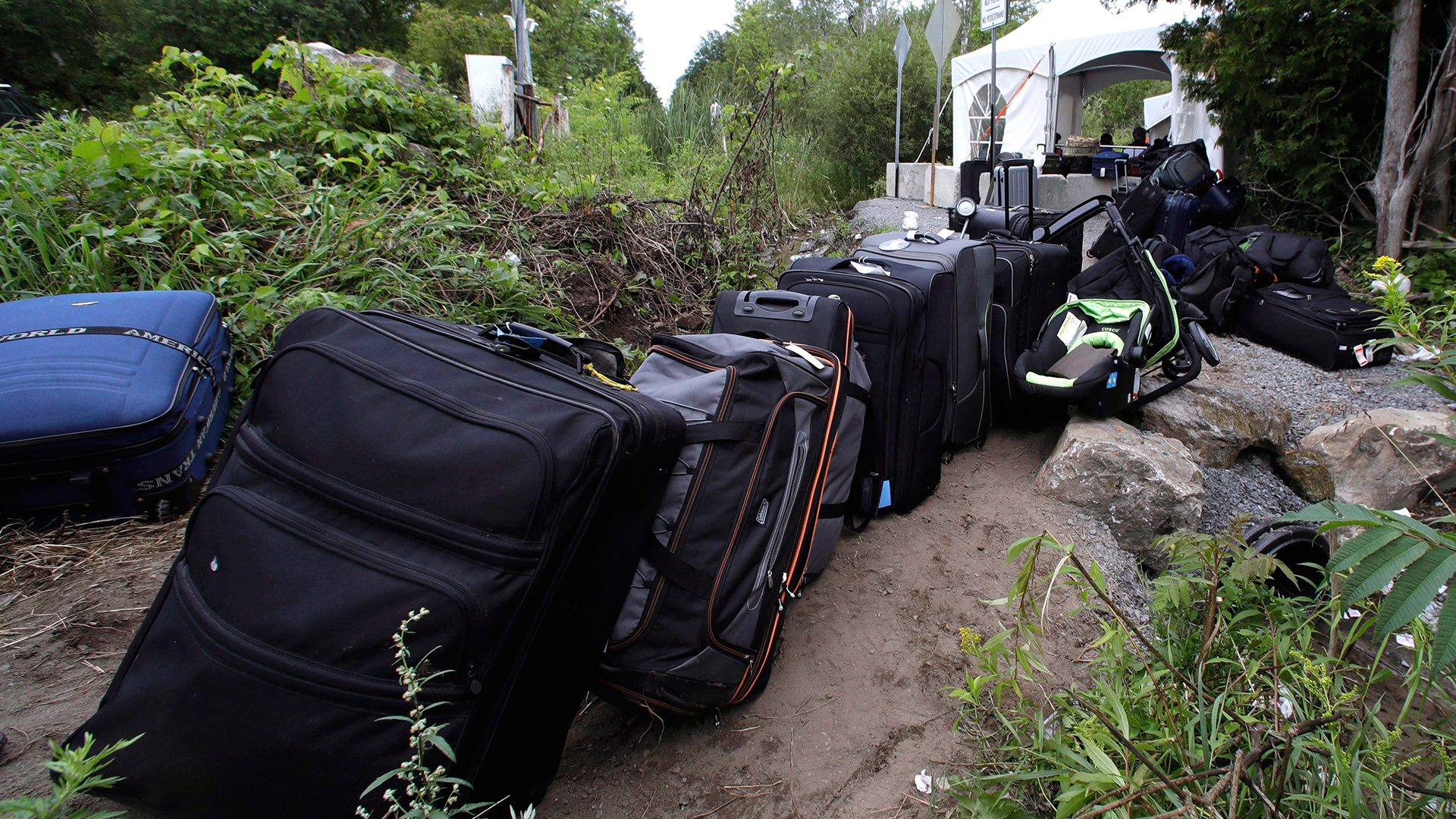
The inter-related pressures of food insecurity and climate change will increase migration pressures within and between countries, as Parag Khanna argues in his book, Move. While this is mainly with respect to the Global South, even more temperate zones are being affected as recent extreme weather events, such as storms and flooding in developed and developing countries alike, have demonstrated. Managing these pressures could be very difficult.
From an immigration perspective, there are some realities that need to be considered. First, increased political and social polarization – driven by social media and political tactics at both national and international levels – is resulting in greater misinformation and disinformation.
A potential tie-in is the increased economic and social inequality within countries and the ongoing reality that in many countries, immigration is divisive politically. While Canada may be a rare exception to that divisiveness, irregular arrivals rather than more managed immigration tend to provoke more negative public reactions.
A digital transformation can make Canada’s immigration system world-class
How the government used the pandemic to sharply increase immigration
Migration policies and programs of the Global North are largely designed for the benefit of receiving countries, with little to no attention paid to the needs of sending countries and potential migrants. Developed countries largely focus on their skilled labour-force needs, thus contributing to a “brain drain” for sending countries while the developed countries also benefit from getting lower-skilled migrants for less attractive work. Health care is but one example where developed countries encourage migration of skilled doctors and nurses, and less-skilled personal support workers.
Public opinion generally but not exclusively favours more “familiar” migrants with perceived shared values. This has recently been seen in the case of Ukrainian refugees in contrast to other groups from places such as Syria. While consistency of treatment for refugees – wherever they come from – is the ideal, the political reality is more complex as governments respond to pressures from specific constituencies and interest groups.
There is also generally greater public support for economic immigrants, who contribute directly to the economy, than for refugees and asylum-seekers, because the benefits of the former are more clearly perceived.
Canada’s immunity to anti-immigration rhetoric reflects our relative geographic isolation, selective immigration policies and our political system. All of these make it impossible to win elections without the support of immigrant-origin citizens.
As we have seen in earlier incidents of migrant ships arriving off our coasts and the ongoing debates over irregular arrivals at the Roxham Road crossing in Quebec, Canadians react negatively when immigration is perceived as unmanaged and migrants appear to exploit loopholes, with exceptions for perceived hardship cases.
The government’s ambitious immigration targets (increasing from 341,000 pre-pandemic to 500,000 by 2025) enjoy broad support among stakeholders and have so far attracted little to no criticism by mainstream political parties. (Quebec, which selects its economic immigrants, is far more restrictive.)
The government’s ability (arguably inability) to deliver on its targets has become an issue with large backlogs across all immigration programs. These pressures will increase in the event of large-scale migration due to food insecurity and climate change. More important, Canadian public opinion is likely to sour, as we have seen in other countries.
There are ways that both operational and public opinion pressures could be managed. These include providing greater support to countries with food insecurity and climate change issues to reduce pressures on receiving countries. While it is not possible to reduce long-term pressures, the impact can be made more gradual, allowing more time to prepare and increase capacity.
Given that the key to public support is the perception that migration flows are being properly managed, migration and refugee flows need to have orderly processes and procedures. This is clearly easier for less politically polarized countries such as Canada. But even Canada can expect its border control and immigration regimes to be tested more and more as migration pressures increase and geography becomes a less effective barrier.
Linking immigration to a country’s interests (for example: labour shortages) will be more powerful than general humanitarian messaging. Policies and programs that triage food and climate refugees based upon their ability to contribute to the receiving country’s economy and society may be better received than those without such selection criteria.
Stories that focus on individual situations have greater influence than more overall analysis for the public. For example, the death of the young Syrian refugee Alan Kurdi galvanized support for accepting more refugees during the 2015 Canadian election. More recently, the death of Iranian Mahsa Amini in the custody of that country’s “morality police” galvanized protests in and outside Iran.
Given that the response to individual stories is short-term, broader evidence and analysis are needed for longer-term public opinion support.
Can Atlantic Canada benefit from immigration?
The Functionary No. 8 | IT contracting and what else could $4.6 billion buy?
Globally, longer-term migration pressures are similar to climate change in terms of the political challenges at national and international levels. However, the Global Compact for Migration provides only a framework in contrast to the legally binding Paris Agreement on Climate Change. The longer history of global and national environmental debates and negotiations has resulted in greater political consensus about the need for international co-operation to address climate change.
Issues related to climate change are largely economic in terms of the changes required while international migration is as much about more complex social change as it is about simple economic change. We see this in various debates over immigration and national values.
Current narratives have focused on economic benefits of immigration. Shifting the focus toward a greater balance between sending and receiving countries will be extremely difficult because of polarized public opinion and politics.









